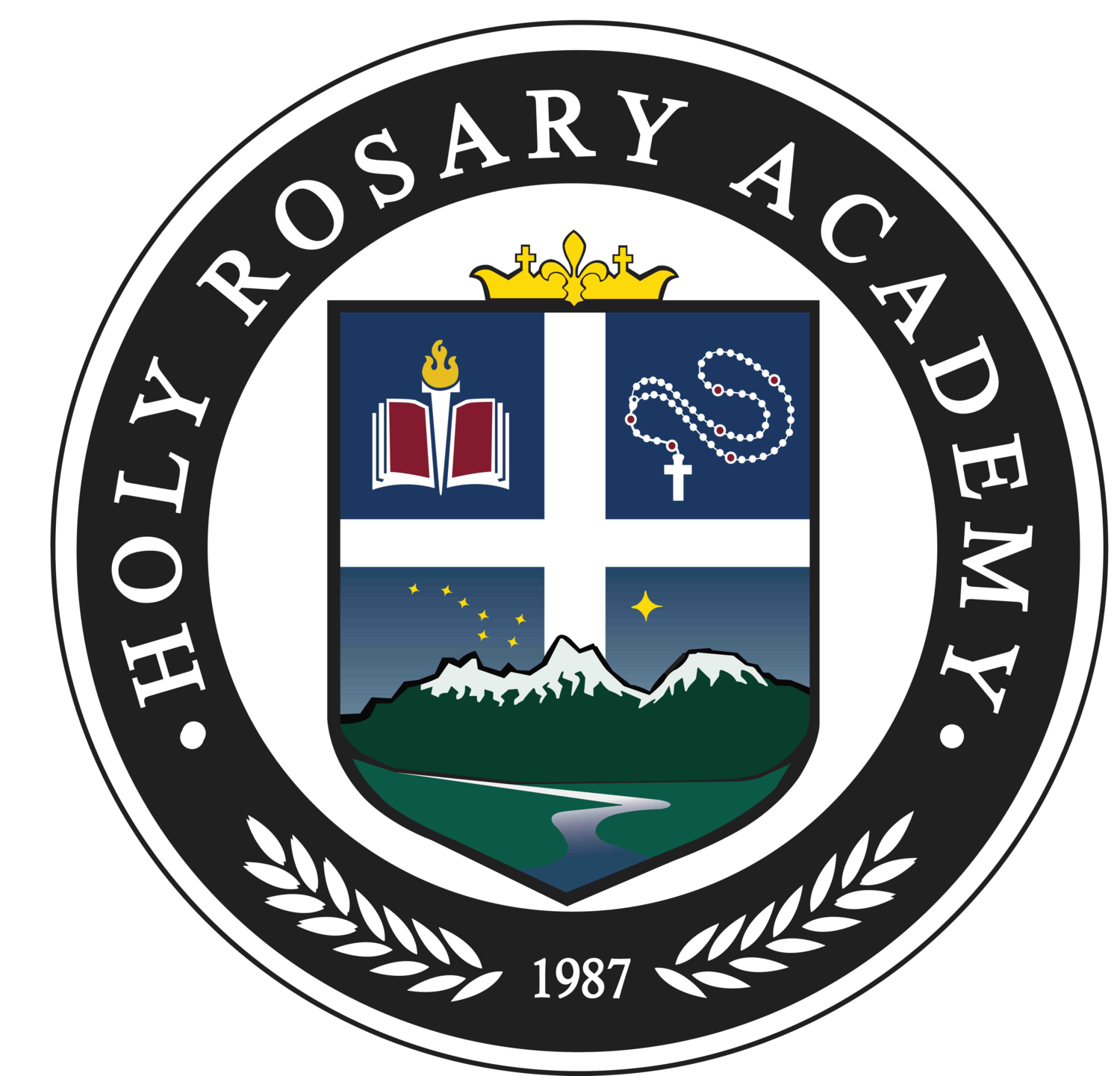

Living Latin
In many elementary classes that offer a secondary language, you will find students sitting in rows of desks, dutifully repeating vocabulary for body parts, colors, and greetings. “Verde, green; amarillo, yellow; roja, red; azul, blue,” they parrot.
Three times a week, the third graders at Holy Rosary Academy take part in a vastly different language class. To begin with, they are learning Latin. And yes, there are jokes aplenty about “dead languages,” but Holy Rosary students have found that learning Latin improves their vocabulary, enables them to more easily learn other Romance languages, and makes learning vocabulary in biology far easier. Many of these benefits seem better suited to a high school student, however, rather than an eight or nine year old. So why introduce such a complex language at such a young age, rather than focusing on the fundamentals of English grammar and vocabulary?

What’s Past is Prologue: Curriculum Renewal at Holy Rosary Academy
At the start of Act Two of William Shakespeare’s The Tempest, Sebastian and Antonio literally set the stage for the main action of the play. They do this through a series of deliberately theatrical allusions to setting, cast, and plot. In one of the most memorable lines of the production, Antonio declares that what has gone before is merely the backdrop for the play’s central storyline:
We all were sea-swallow'd, though some cast again
(And by that destiny) to perform an act
Whereof what's past is prologue; what to come,
In yours and my discharge.
